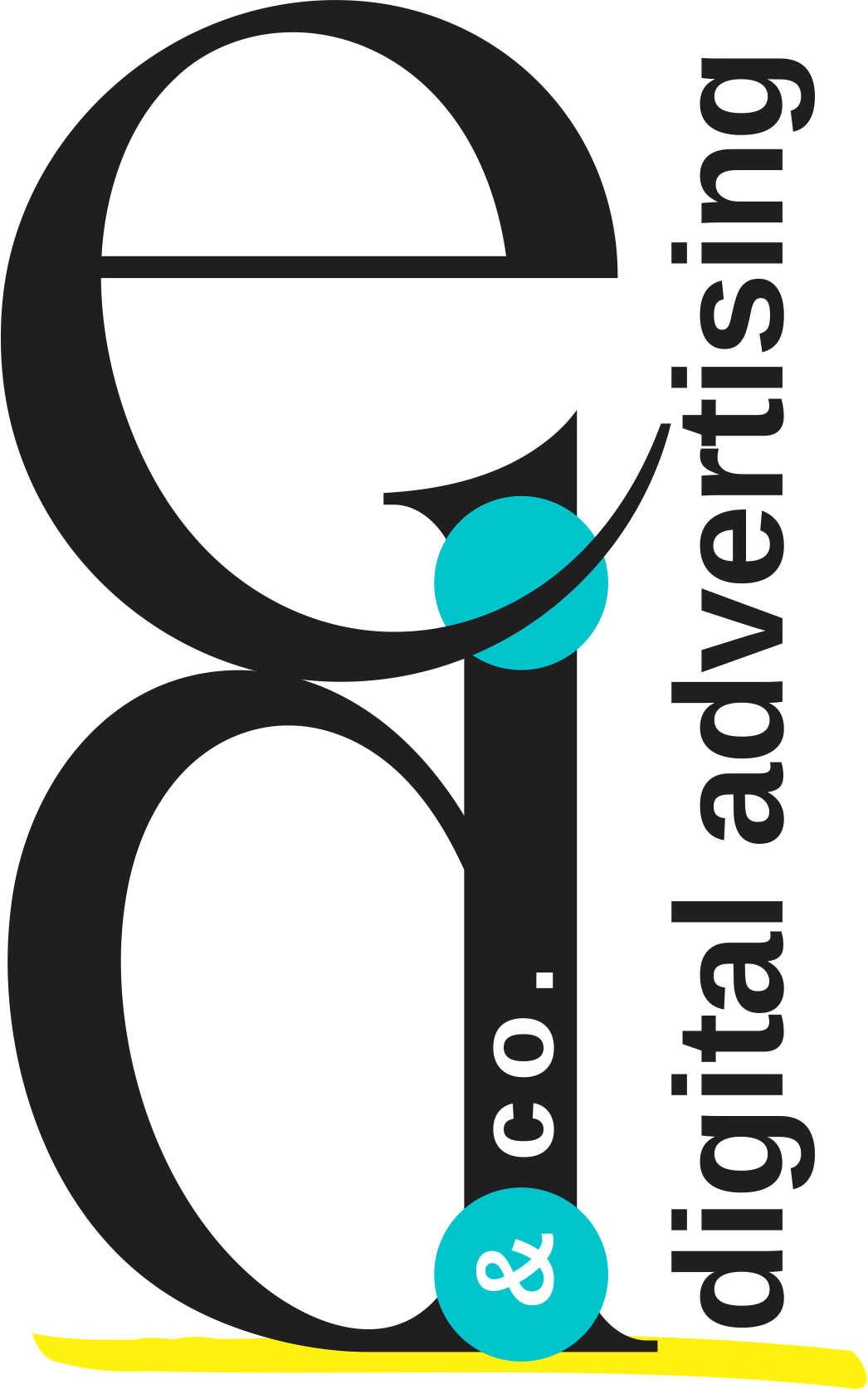
Lead generation is the lifeblood of any business. It’s the art and science of attracting potential customers to your products or services, guiding them through the sales funnel until they’re ready to purchase. Whether you’re a seasoned marketer or just starting, understanding lead generation is crucial in today’s competitive landscape. This comprehensive guide will explore lead generation’s fundamental aspects, from understanding what it means to strategies that work in the digital age.
Importance:
Lead generation identifies and cultivates potential customers for a business’s products or services. It’s more than just a buzzword; it’s a vital part of any sales strategy. A sales team can only succeed with leads, making lead generation essential in driving business growth and profitability.
Qualified vs. Unqualified Leads:
Not all leads are created equal. Qualified leads have shown interest in your products or services and meet specific criteria that make them more likely to buy. On the other hand, unqualified leads might be interested but don’t fit your target demographics or have a genuine need for your offering. Understanding the difference and nurturing unqualified leads can make the difference between thriving and stagnant sales processes.
Lead Generation in the Sales Funnel:
Lead generation is typically the first sales funnel stage, where potential customers become aware of your products or services. It aligns with the other stages, including consideration, decision, and purchase. A well-managed lead generation process ensures a smooth transition through these stages, optimizing the chances of turning leads into loyal customers.
1. Understanding Lead Generation
2. Lead Generation Strategies
Types of Lead Generation Strategies:
There are two main approaches to lead generation: inbound and outbound. Inbound strategies involve attracting leads to you, usually through content marketing, SEO, and social media engagement. Outbound strategies involve actively reaching out to potential leads, such as cold calling or direct mail. Each has its advantages and disadvantages, depending on your business model and target audience.
Creating a Lead Generation Plan:
A well-crafted lead generation plan is essential for success. It begins with identifying your target audience, understanding their needs and pain points, and defining how your products or services can meet those needs. Setting clear goals, defining Key Performance Indicators (KPIs), and aligning your strategies with these goals can help keep your lead generation efforts focused and effective.
Metrics to Measure Success:
Measuring success in lead generation isn’t just about the number of leads you generate. It involves tracking the quality of those leads, conversion rates, cost per lead, and other key metrics that give you a clear picture of what’s working and what isn’t. Tools like Google Analytics and specialized CRM software can help you monitor these metrics and make data-driven decisions.
3. Digital Marketing for Lead Generation
Social Media:
Social media platforms offer fertile ground for lead generation. From Facebook to LinkedIn, these channels allow businesses to engage directly with potential customers. The key is to know your audience and tailor your content to their needs and interests. Whether through paid ads or organic posts, consistency and quality are paramount to success in social lead generation.
Email Marketing:
Email marketing remains one of the most effective lead generation strategies. Building an email list through sign-up forms, offering valuable content, and crafting engaging email campaigns can turn interested prospects into loyal customers. Personalization, segmentation, and tracking analytics are crucial for maximizing email marketing’s effectiveness.
SEO and PPC:
Search Engine Optimization (SEO) and Pay-Per-Click (PPC) advertising are essential tools for online lead generation. SEO involves optimizing your website and content to rank higher in search engine results, attracting organic traffic. PPC, on the other hand, is about paying for prominent placement in search results. Both require careful keyword research, targeting, and ongoing optimization to ensure success.
4. Content Marketing and Lead Magnets
Creating Compelling Content:
Content is king in the digital marketing world. Blogs, videos, podcasts, and more can attract and engage potential leads. The trick is to provide value, answer questions, and solve problems relevant to your audience. Quality content builds trust and positions your brand as an industry authority.
Using Lead Magnets:
Lead magnets like eBooks, webinars, or free trials can entice potential leads to share their contact information. By offering something valuable in exchange, you increase the likelihood of converting visitors into leads. Promote and distribute your lead magnets through various channels to maximize their reach.
5. Lead Qualification and Scoring
Determining Lead Quality:
Assessing a lead’s quality involves evaluating their fit with your product or service. Analyzing demographic information, engagement behavior, and purchase readiness helps filter and prioritize leads, ensuring that your sales team focuses on those most likely to convert.
Lead Scoring Models:
Lead scoring assigns numerical values to leads based on various factors like engagement, relevance, and more. It enables sales and marketing teams to prioritize leads, aligning their efforts for greater efficiency and success. Customizable models can be developed using CRM tools to suit your specific business needs.
6. CRM and Lead Management
Using CRM Systems:
Customer Relationship Management (CRM) systems help manage and analyze customer interactions throughout the entire lifecycle. From storing contact information to tracking engagement, CRM tools enable a streamlined process for nurturing and converting leads.
Lead Nurturing:
Lead nurturing is about building relationships with potential customers, even if they’re not yet ready to buy. Using personalized emails, targeted content, and regular follow-ups can guide leads through the sales funnel, increasing the likelihood of conversion.
7. Compliance and Ethics in Lead Generation
Legal Compliance:
Compliance with legal standards like the General Data Protection Regulation (GDPR) is vital. Understanding and adhering to these laws not only ensures ethical practice but also builds trust with your audience.
Ethical Considerations:
Transparency and respect for privacy are essential in lead generation. Clearly communicating how you’ll use personal information and providing options to opt-out helps maintain ethical relationships with potential customers.
